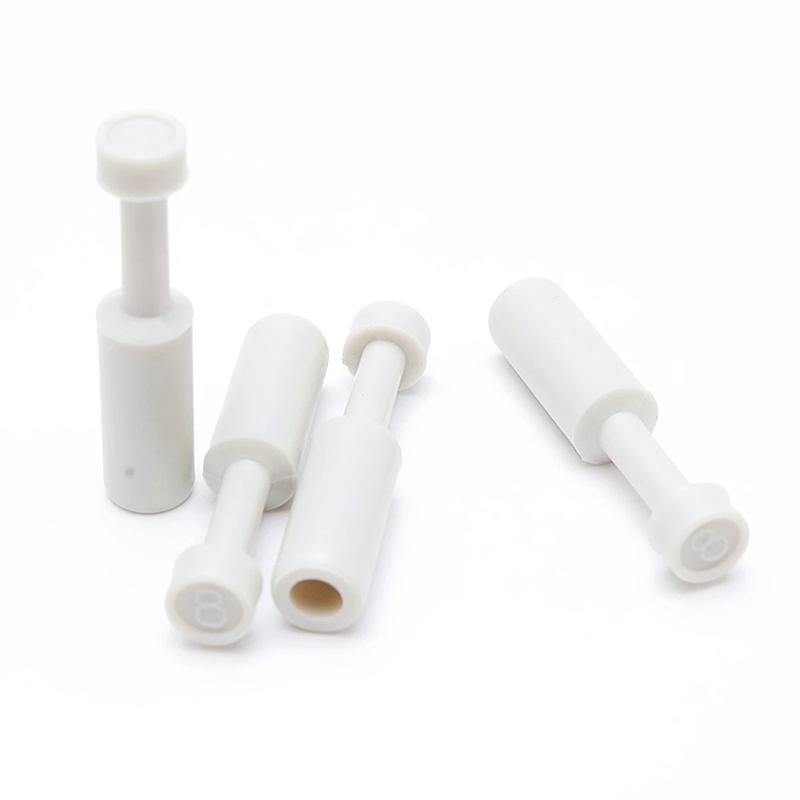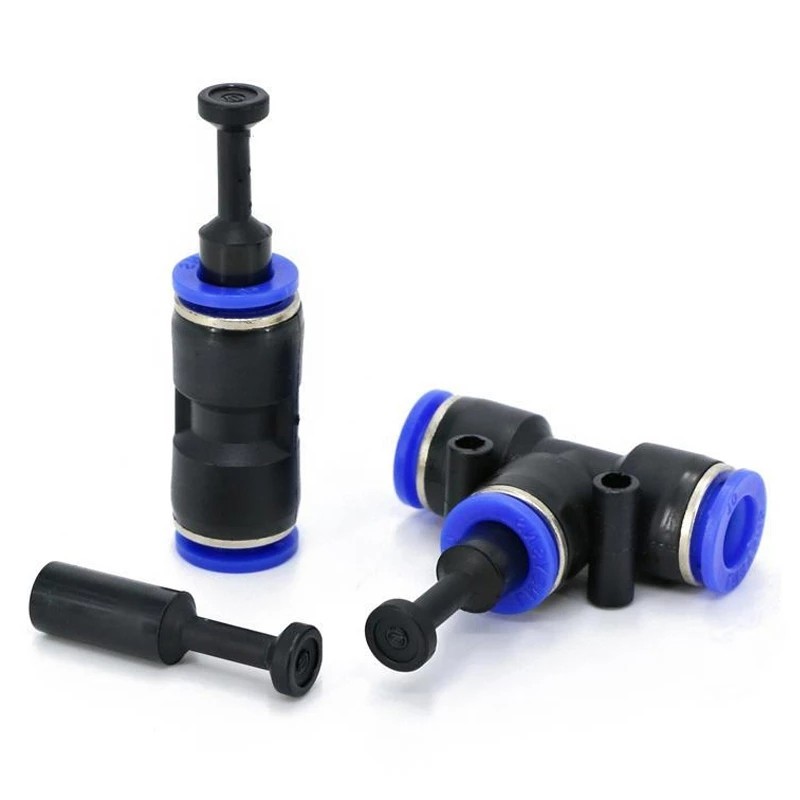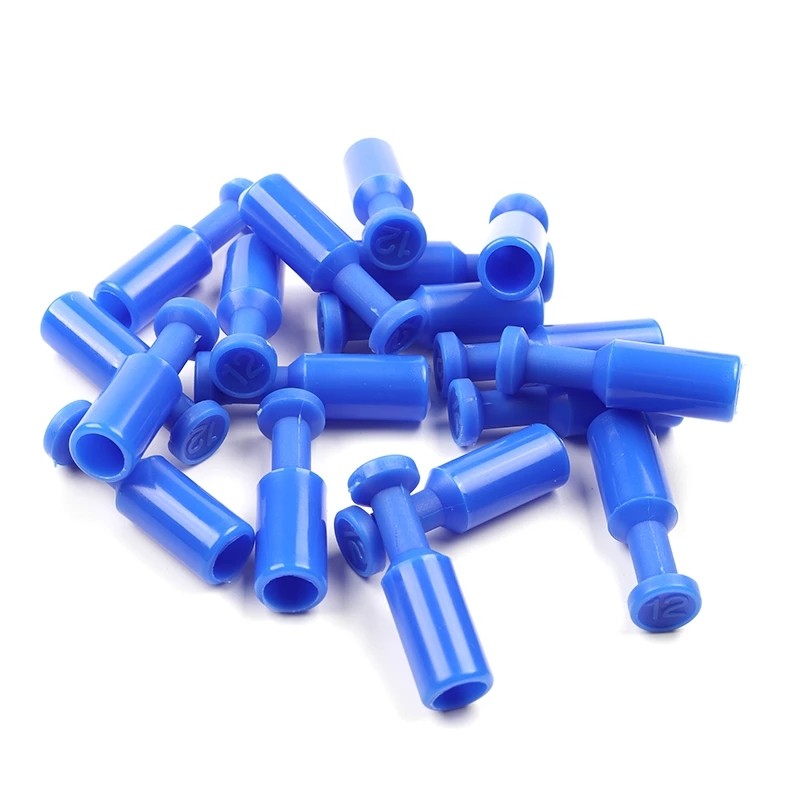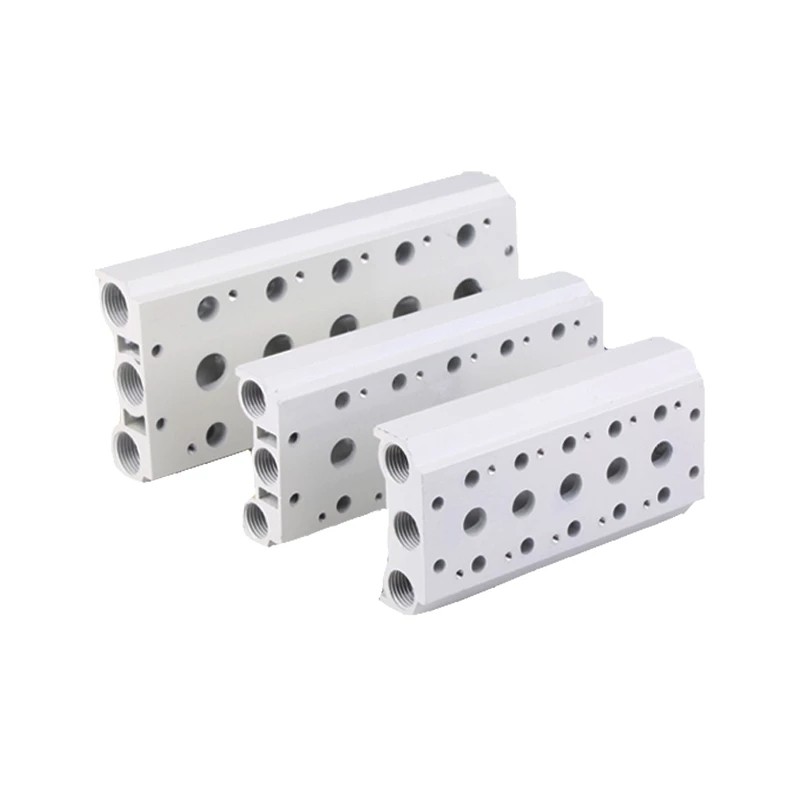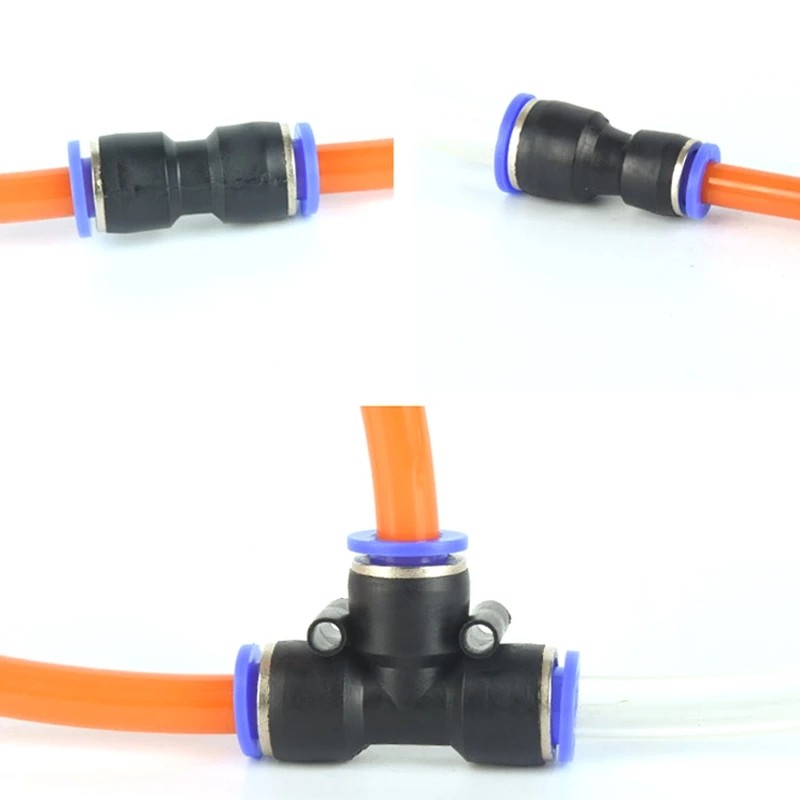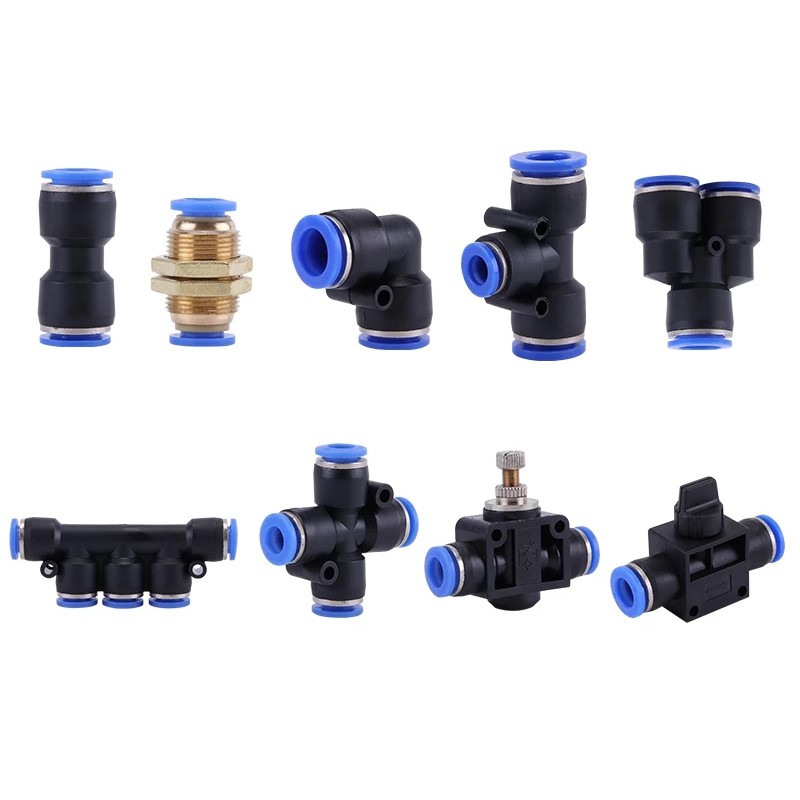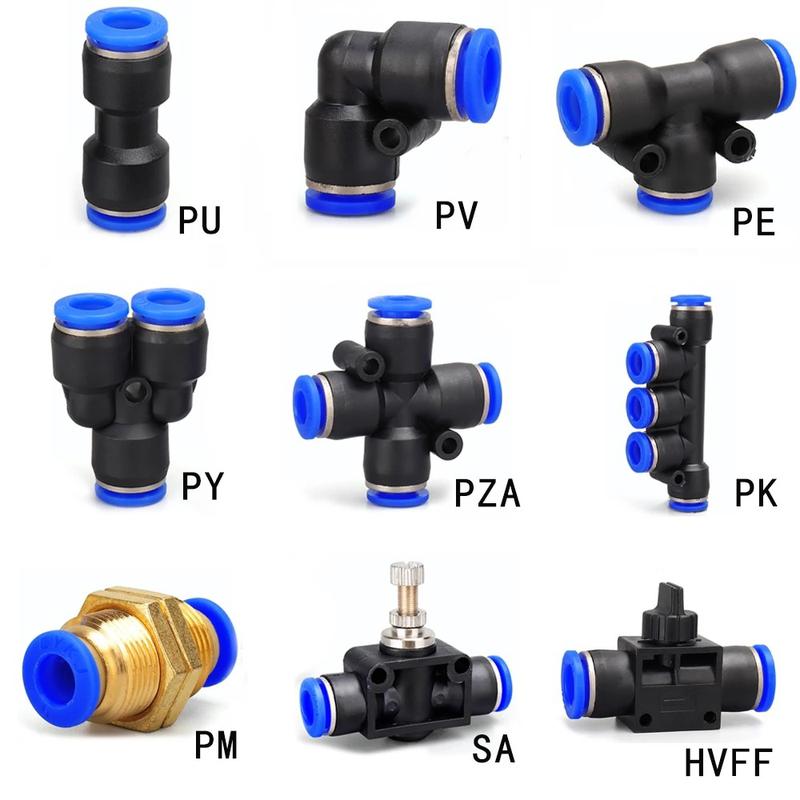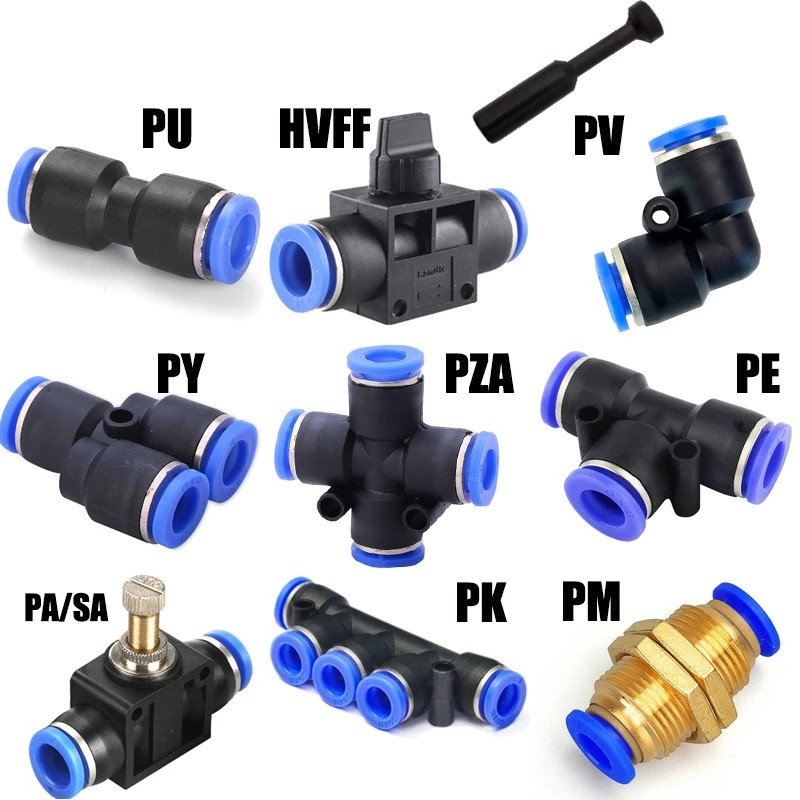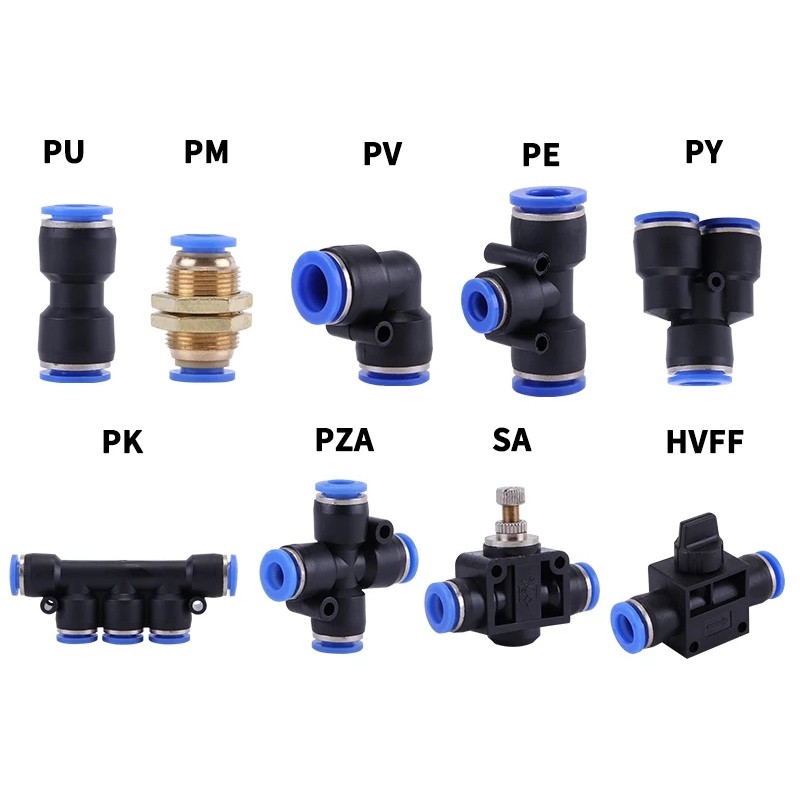Pneumatic Parts&Accessiories
What are the parts of a pneumatic cylinder?
For businesses operating in the pneumatic and electronic product domain, such as Yueqing Right Pneumatic Co., Ltd. (RIH), a deep understanding of the components that make up a pneumatic cylinder is crucial. Pneumatic cylinders, also known as air cylinders, are essential in various industrial applications, driving motion and force with compressed air. Here's an insight into the core components that constitute a pneumatic cylinder:
1. Cylinder Barrel
- The barrel houses the piston and the compressed air. It is typically made from materials like steel, stainless steel, or aluminum to withstand the pressure without deformation.
2. Piston
- Located inside the barrel, the piston separates the two air chambers. It moves back and forth under the force of compressed air, converting the air pressure into mechanical force.
3. Piston Rod
- The piston rod extends from the piston to the outside of the cylinder, transferring the motion and force generated by the piston to the application.
4. End Caps (or Cylinder Heads)
- Attached to both ends of the barrel, these caps close the cylinder, providing mounting points and containing the ports for air entry and exit. Some designs also incorporate cushioning mechanisms within the end caps to slow down the piston at the end of its stroke, reducing impact.
5. Seals
- Seals are used throughout the cylinder to prevent air leaks and maintain pressure. They are placed around the piston, piston rod, and in the end caps. The materials and designs of the seals vary depending on the cylinder's operating conditions.
6. Ports
- Air ports on the cylinder heads allow for the inlet and exhaust of compressed air. The configuration of these ports plays a significant role in controlling the movement of the piston.
7. Rod End Attachments
- These components facilitate the connection of the piston rod to the machine or mechanism the cylinder is intended to move. Common attachments include clevises, eye brackets, and flanges.
8. Cushions
- Optional components that are used to decelerate the piston at the end of its stroke, minimizing shock and vibration. Cushioning can significantly extend the life of the cylinder and the machinery it operates.
In pneumatic systems, especially those designed and supplied by businesses like Yueqing Right Pneumatic Co., Ltd. (RIH), which specializes in pneumatic and electronic products, the component responsible for storing compressed air is the Air Receiver Tank. This crucial part plays a pivotal role in the overall efficiency and reliability of pneumatic operations. Let's delve into its significance:
Air Receiver Tank: The Storage Powerhouse
-
Functionality: The Air Receiver Tank is essentially a storage vessel designed to hold compressed air at a desired pressure. This storage capability is critical for several reasons:
- Demand Management: It helps in managing the demand peaks of pneumatic tools and machinery, providing a steady supply of compressed air without requiring the compressor to cycle excessively.
- Pulse Dampening: It reduces pulsation caused by the compressor's discharge cycle, ensuring a smooth and consistent flow of air.
- Moisture Reduction: By allowing the air to cool, moisture can condense and be separated from the air, reducing the moisture content delivered to downstream components.
- Energy Efficiency: It contributes to energy efficiency by minimizing the need for the compressor to start and stop frequently.
-
Design and Placement: Air Receiver Tanks come in various sizes and designs to suit different system capacities and applications. They are typically made from steel and can be placed both vertically and horizontally, depending on space availability and system design.
Which part of the pneumatic system stores the compressed air?
In pneumatic systems, especially those designed and supplied by businesses like Yueqing Right Pneumatic Co., Ltd. (RIH), which specializes in pneumatic and electronic products, the component responsible for storing compressed air is the Air Receiver Tank. This crucial part plays a pivotal role in the overall efficiency and reliability of pneumatic operations. Let's delve into its significance:
Air Receiver Tank: The Storage Powerhouse
-
Functionality: The Air Receiver Tank is essentially a storage vessel designed to hold compressed air at a desired pressure. This storage capability is critical for several reasons:
- Demand Management: It helps in managing the demand peaks of pneumatic tools and machinery, providing a steady supply of compressed air without requiring the compressor to cycle excessively.
- Pulse Dampening: It reduces pulsation caused by the compressor's discharge cycle, ensuring a smooth and consistent flow of air.
- Moisture Reduction: By allowing the air to cool, moisture can condense and be separated from the air, reducing the moisture content delivered to downstream components.
- Energy Efficiency: It contributes to energy efficiency by minimizing the need for the compressor to start and stop frequently.
-
Design and Placement: Air Receiver Tanks come in various sizes and designs to suit different system capacities and applications. They are typically made from steel and can be placed both vertically and horizontally, depending on space availability and system design.
Strategic Importance for RIH
For RIH, integrating Air Receiver Tanks into your pneumatic systems or offering them as part of your product range can significantly enhance the value proposition to your customers. By ensuring that your pneumatic systems include an appropriately sized air receiver tank, you can provide solutions that are not only efficient but also more durable and reliable.
Conclusion
The Air Receiver Tank is more than just a storage unit; it's a critical component that enhances the performance, reliability, and efficiency of pneumatic systems. For companies like RIH, focusing on the integration and optimization of Air Receiver Tanks in your pneumatic solutions can lead to superior system performance and increased customer satisfaction.


